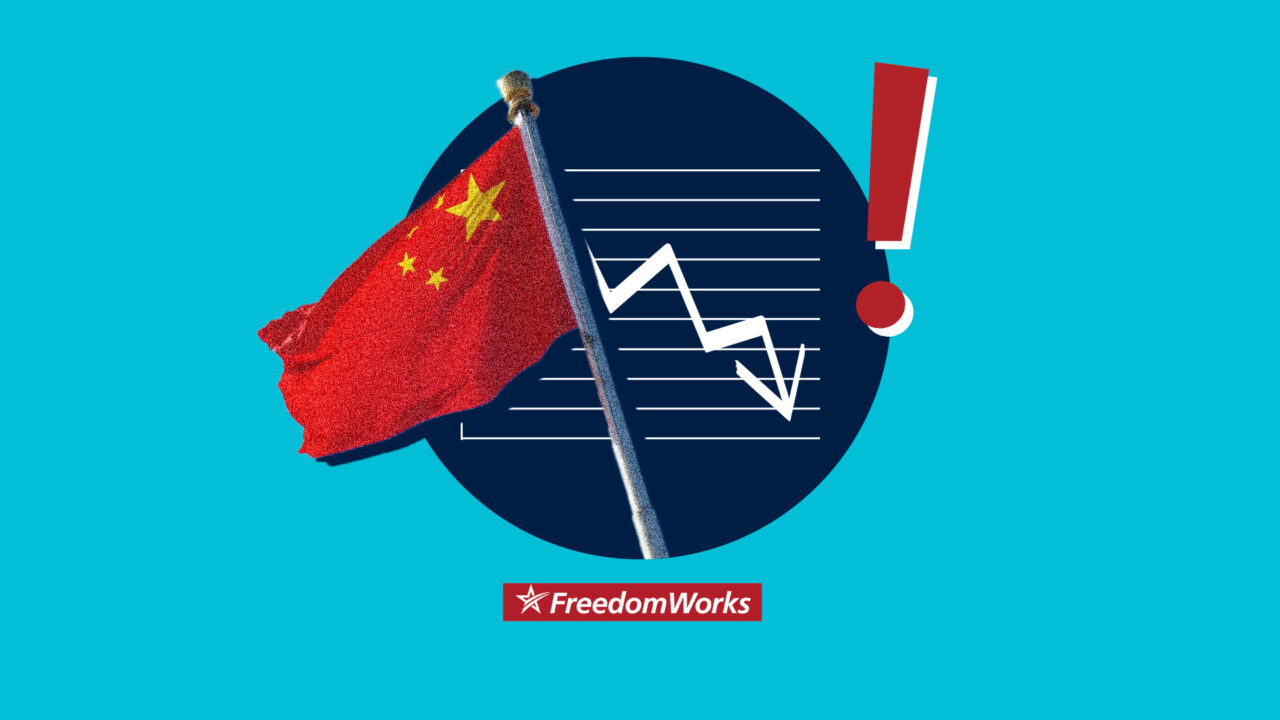Predictions of China’s Decline Born of Low Birthrates Are Baseless

As seen in RealClearMarkets.
New York Times columnist Bret Stephens is 49. It’s good news that he’s relatively young simply because it means readers will get to enjoy his unique insights and remarkable way with words for a long time to come.
It’s also good news in a global sense because his age signals that he’ll be around to retreat on his long-held stance that “China’s decline” born of demographics is “undeniable.” No doubt China could decline, but readers can rest assured that demographics (Stephens cites 9.56 million Chinese births in 2022 versus 10.41 million deaths) will not be the cause. Stephens contends that “China is increasingly likely to grow old before it gets rich” with the previous numbers informing his viewpoint, but the viewpoint ignores bigger truths about how we work that reject his pessimism.
To see why, it’s most useful to start with anecdote. Jack Ma is one of China’s richest citizens, and a name Stephens is surely familiar with. As of 2020, Ma’s MYbank had met the needs of over 35 million businesses through the origination of over $300 billion worth of loans. The previous number becomes more interesting when loan approval rates and non-performing loans are considered. According to Cornell professor Eswar Prasad, MYbank’s loan approval rate is “four times higher than that of traditional lenders” while its non-performing ratio at the end of 2020 “was only 1.5 percent.” Where it gets most interesting is the source of the remarkably accurate vetting of borrowers. Per Prasad, “MYbank pioneered the 3-1-0 model of providing collateral-free business loans to SMEs [small and medium-sized enterprises]. The model intimates that borrowers can complete their online application in three minutes and obtain approval in one second, with the entire process requiring zero human intervention.”
Ma’s amazing financial innovations are a reminder that thanks to ever more sophisticated automation of effort formerly required of humans, the focus on birthrates as the source of decline in countries like China brings new meaning to non sequitur. Though fewer Chinese are being born today, their productivity thanks to the aforementioned automation of so much will render them capable of doing the work of hundreds and realistically thousands of individuals. Stephens’s pessimistic analysis presumes a static quality to humans that is anything but. As machines that can be produced in unlimited fashion evolve in terms of their ability to produce and think for us, so surges the productive capacity of every human lucky enough to be born today in China, and anywhere else.
Stephens adds that a “declining population generally correlates with economic decline,” but if true then it would certainly be true that South Korea would be a troubled nation facing a bleak present and future. Figure that it has the lowest birthrate of all the world’s developed countries, and it combines the latter with one of the highest suicide rates. Yet South Korea continues to grow for the same reasons that China will. See above. Except that there’s more.
Stephens writes that the “replacement rate necessary to maintain a stable population is 2.1,” but countries are not numbers. Stephens surely knows this too, but his argument about China’s difficult future ignores a simple truth that he’s also likely well aware of: the very few invariably drive progress. Not too many decades ago Seattle was essentially the Detroit, Flint, or Aliquippa of today, but in modern times its growth is staggering. Was it a procreation boom that transformed Seattle? No, it was merely the return of Emerald City natives Bill Gates and Paul Allen from Albuquerque, NM, the city where they initially founded Microsoft.
What transformed Seattle is also what made Silicon Valley the world’s most dynamic region of economic activity, and also what sets up Austin, TX for stupendous growth now and in the future. Talent. Austin soars not because its people are rabbit like, but arguably because a Stanford dropout by the name of Joe Liemandt chose it to start Trilogy Software back in the 1990s. Thousands of Stanford types subsequently followed Liemandt to Texas, only for the once-shabby college town to turn into a shimmering city.
Though Stephens is certainly correct in his implied assertion that people are wealth, it’s the very few who create the wealth in ways that lift cities, states, and countries. And they create that wealth through cooperation with other “hands” (human and machine) around the world.
What Stephens predicts is rooted in the notion that countries are essentially closed economic shops, but they’re not. Consider the U.S. Depending on the day Apple is the world’s most valuable company, and the iPhones that have been most instrumental in lifting it to the top of the corporate heap are a productive consequence of the rest of the world. While this could change in the future with the total automation of factories, for now iPhones don’t touch American hands until they’re in the hands of American buyers. It’s all a reminder that the only closed economy is the world economy, at which point it really doesn’t matter how many babies are being born in China so long as the babies born in China are free to work alongside babies born around the world.
In other words, China’s birthrate will be of little consequence to its future. In reality, the only risk to China’s future growth is what imperiled it and crushed it in the past: a lack of economic freedom. Every other “problem,” whether real or imagined, will be overcome by innovation born of individual genius China is clearly rich with.

